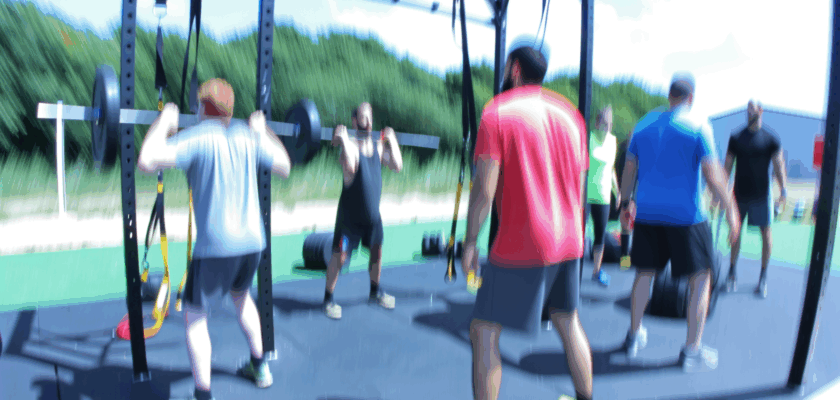Functional training has surged in popularity as fitness enthusiasts seek exercises that enhance real-world physical performance. Among the tools driving this evolution, advanced pulley systems have emerged as pivotal components in modern training environments. These systems offer versatility, adaptability, and precise resistance control, making them ideal for functional movement patterns. This article explores recent innovations in pulley technology and examines the benefits of integrating these systems into functional training regimens.
Innovations in Advanced Pulley Systems for Fitness Training
Recent years have witnessed significant advancements in pulley system design tailored specifically for fitness applications. Modern pulley systems now incorporate multi-directional cables that allow for a broader range of motion, accommodating complex, compound movements that mimic everyday activities. This innovation enables trainers and athletes to engage multiple muscle groups simultaneously, improving overall coordination and strength.
In addition to mechanical improvements, technological integration has transformed pulley systems. Many contemporary models feature digital resistance settings that can be precisely adjusted via touchscreen interfaces or mobile apps. This tech-driven approach facilitates personalized workout programming and real-time feedback, promoting more effective training sessions and minimizing the risk of injury.
Furthermore, advancements in materials have contributed to more durable and lightweight pulley systems. High-strength cables combined with frictionless bearings reduce wear and resistance inconsistencies, ensuring smoother operation and greater longevity. These improvements make pulley systems more accessible for both commercial gyms and home fitness setups, expanding their availability and usability.
Benefits of Functional Training with Pulley Technology
Functional training using advanced pulley systems offers numerous benefits that extend beyond traditional weightlifting. One primary advantage is the ability to perform dynamic, multi-planar movements that closely replicate real-life activities, such as lifting, pulling, pushing, and twisting. This specificity enhances neuromuscular coordination and improves performance in daily tasks and sports.
Moreover, pulley systems provide adjustable resistance that can be fine-tuned to the user’s strength and fitness level. This scalability allows for progressive overload without compromising form or safety, making functional training accessible to beginners and elite athletes alike. The continuous tension generated by cables also promotes muscle engagement throughout the entire range of motion, contributing to more effective strength development.
Finally, pulley-based functional training is inherently joint-friendly due to its smooth, controlled resistance. This reduces impact and strain on vulnerable joints, making it an excellent option for rehabilitation and injury prevention. By combining versatility, safety, and biomechanical efficiency, pulley systems have become essential tools in functional fitness programs aimed at holistic health and performance.
As functional training continues to evolve, advanced pulley systems stand out as transformative tools that blend innovation, safety, and versatility. Their ability to simulate real-world movements with precise resistance control makes them invaluable for athletes, rehabilitation patients, and fitness enthusiasts alike. Embracing these technological advancements can elevate training outcomes, fostering strength, mobility, and resilience in everyday life.

